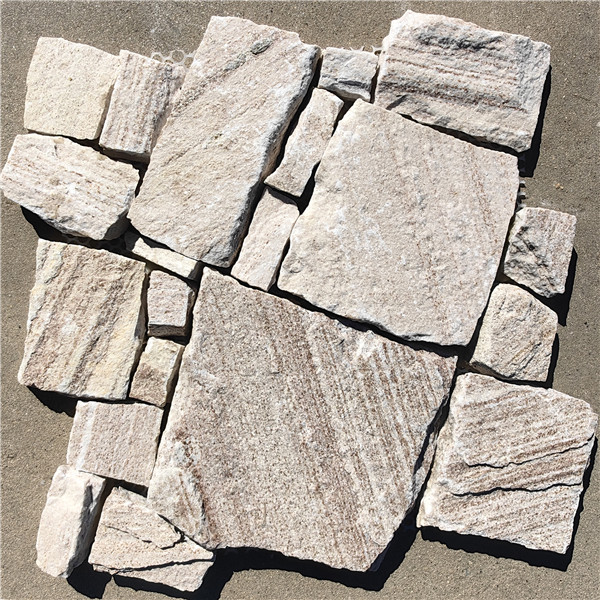Introduction:
Greek architecture and design have long been admired for their timeless elegance and enduring beauty. From the majestic columns of the Parthenon to the intricate mosaics of ancient Greek villas, the influence of Greek culture can be seen in architectural styles around the world. One way to bring a touch of this classic aesthetic into modern homes and buildings is through the use of Greek-inspired cultured stone. In this comprehensive guide, we will explore the history, characteristics, uses, and benefits of Greek-inspired cultured stone.
History of Greek Architecture and Design:
Greek architecture and design have a rich history that dates back thousands of years. The ancient Greeks were known for their innovative architectural techniques, such as the use of columns, entablatures, and pediments in their buildings. These elements were not only functional but also served as decorative features that added beauty and grandeur to their structures.
The Greeks also had a keen eye for detail and a deep appreciation for symmetry and proportion. This attention to craftsmanship and design can be seen in the intricate carvings, friezes, and sculptures that adorned their buildings. The use of natural materials, such as marble and limestone, further enhanced the beauty and durability of their architectural creations.
Characteristics of Greek-Inspired Cultured Stone:
Greek-inspired cultured stone captures the essence of traditional Greek architecture while offering modern benefits and versatility. Cultured stone is a man-made material that is designed to replicate the look and feel of natural stone, such as marble, limestone, or granite. It is made by combining aggregates, pigments, and resins to create a durable and realistic stone-like surface.
Greek-inspired cultured stone often features classic Greek motifs and patterns, such as meander designs, geometric shapes, and floral motifs. These decorative elements add a touch of authenticity and sophistication to any architectural project. The stone can be customized in various colors, finishes, and textures to suit different design preferences and applications.

Uses of Greek-Inspired Cultured Stone:
Greek-inspired cultured stone can be used in a wide range of architectural applications, both interior and exterior. One popular use of cultured stone is in the construction of façades and walls. The stone can be installed as cladding on the exterior of buildings to create a striking and elegant appearance. It can also be used to accentuate architectural features, such as columns, archways, and door surrounds.
In interior design, Greek-inspired cultured stone can be used to create dramatic focal points, such as fireplace surrounds, accent walls, and entryways. The stone adds a sense of luxury and sophistication to any space, whether it be a residential home, commercial building, or public space. Its versatility and durability make it an ideal choice for both new construction and renovation projects.
Benefits of Greek-Inspired Cultured Stone:
There are several benefits to using Greek-inspired cultured stone in architectural projects. One of the primary advantages is its cost-effectiveness compared to natural stone. Cultured stone is more affordable and easier to install, making it a practical choice for budget-conscious projects. Additionally, the lightweight nature of cultured stone reduces the need for structural reinforcement and simplifies the installation process.
Another benefit of Greek-inspired cultured stone is its durability and low maintenance requirements. The stone is resistant to fading, chipping, and cracking, making it ideal for exterior applications that are exposed to the elements. It is also easy to clean and does not require the same level of upkeep as natural stone, saving time and effort in the long run.
Furthermore, Greek-inspired cultured stone is eco-friendly and sustainable. https://www.fs-slate.com/step-stone/ is manufactured using recycled materials and requires less energy and resources to produce than natural stone. By choosing cultured stone over natural stone, architects and designers can reduce their environmental impact and contribute to a more sustainable future.
Conclusion:
Greek-inspired cultured stone offers a unique blend of timeless elegance and modern convenience for architectural projects. With its classic motifs, versatile applications, and numerous benefits, it is a popular choice for designers and builders looking to add a touch of Greek-inspired beauty to their projects. Whether used in façades, walls, or interior accents, Greek-inspired cultured stone brings a sense of sophistication and luxury to any space. By embracing the heritage and craftsmanship of Greek architecture, cultured stone allows us to create enduring and beautiful structures that stand the test of time.
